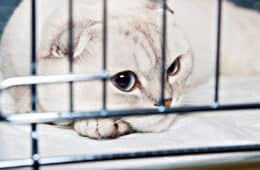In the realm of feline breeds, the Cornish and Devon Rex cats hold a special place.
Their unique coats, nearly hairless bodies, and large, bat-like ears might seem unusual at first glance.
But one touch of their soft, rippled coats will instantly change your mind and captivate your senses.
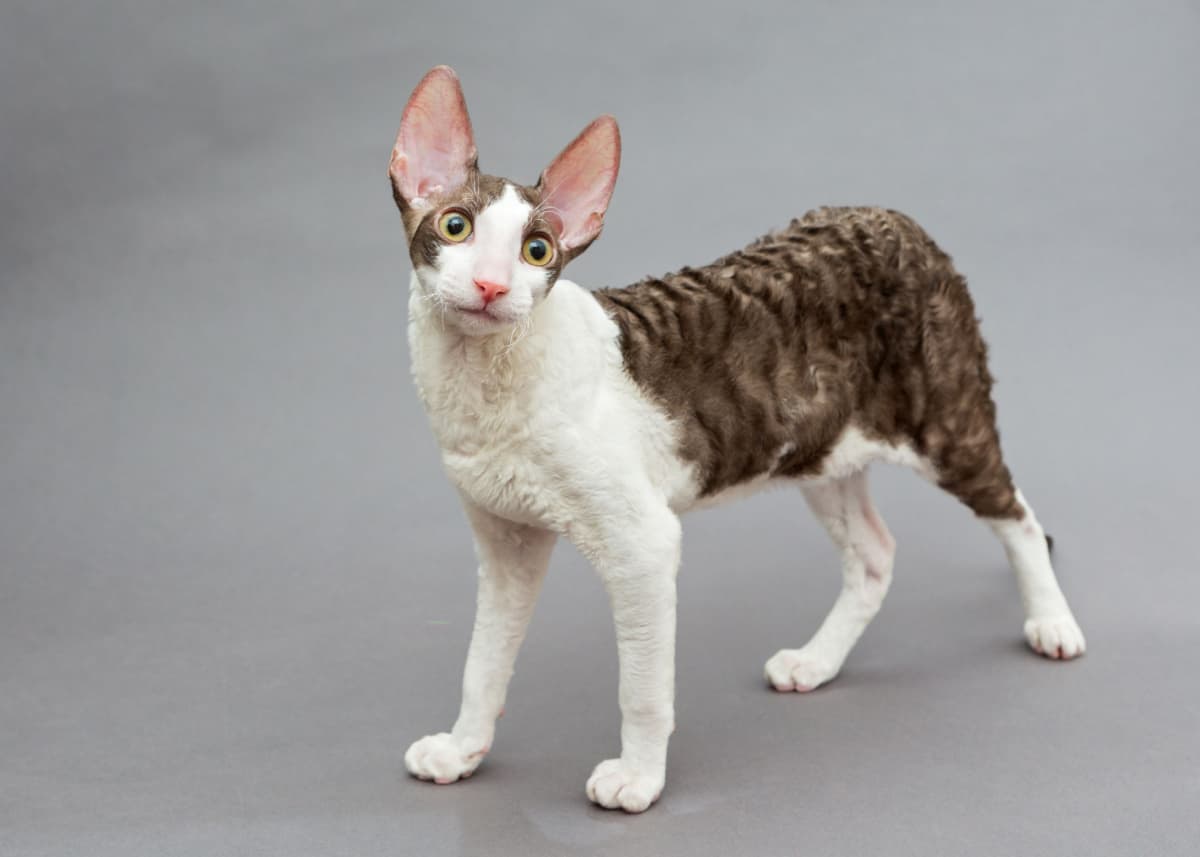
These playful and distinctive cats have a story that's as fascinating as they are.
Their journey, which took them from the barns of England to homes across the globe, is a tale filled with intrigue and charm.
As we unravel this story, you'll find yourself more and more in love with these remarkable breeds. So, let's begin this tale of the Cornish and Devon Rex cats.
The Fascinating Origins of the Cornish and Devon Rex Breeds
In the world of feline breeds, few are as distinctive as the Cornish Rex and the Devon Rex.
These cats, with their unique coats and playful personalities, have captivated cat lovers worldwide.
But where did these breeds originate, and how did they come to be? Let's dive into the history of these remarkable breeds.
The Birth of the Cornish Rex Breed
The Cornish Rex, a breed that stands out for its unique appearance and playful nature, has humble beginnings.
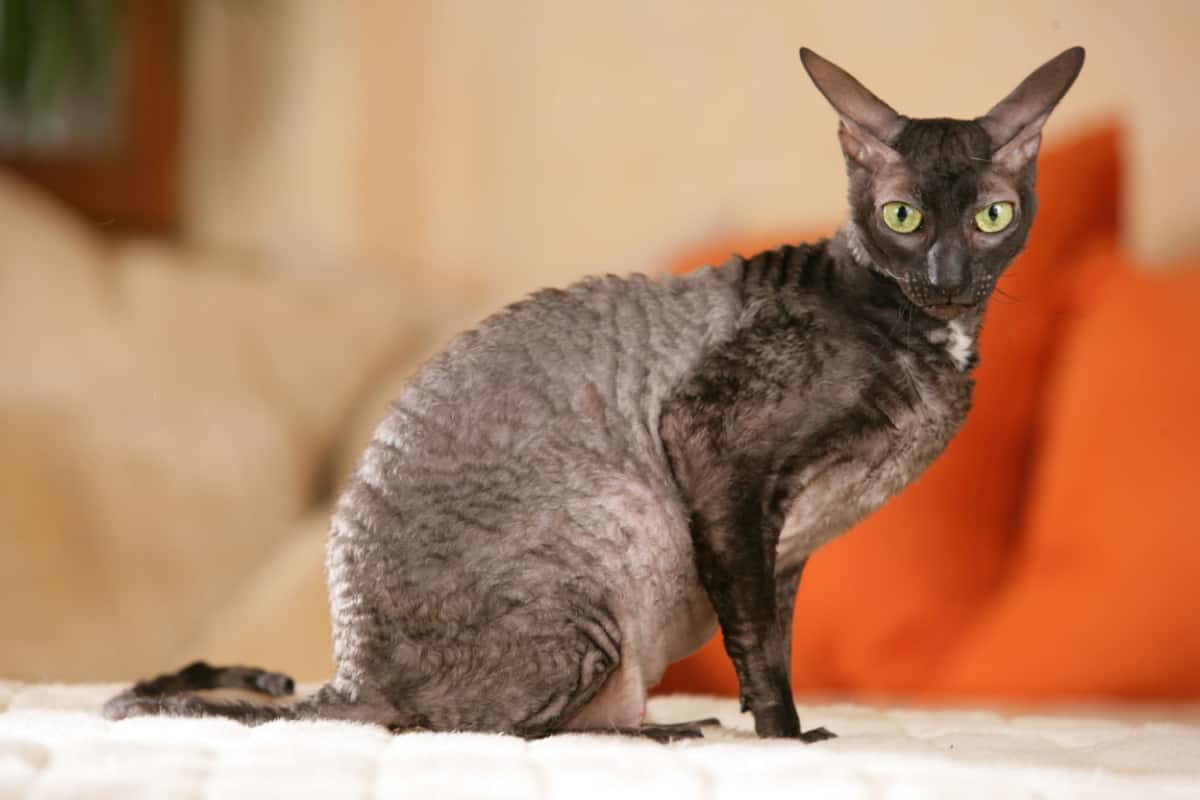
It all started in Cornwall, England, around 1950, in a litter of barn cats. Among these ordinary felines, one stood out with its distinctively rippled, short coat.
This was the first of the Cornish Rex breed, a cat that would soon capture the hearts of many.
The Cornish Rex's Journey to the United States
Seven years after its first appearance, the Cornish Rex made its way across the Atlantic to the United States.
The breed quickly gained popularity due to its unique appearance and playful nature.
By 1964, the Cornish Rex had achieved championship status in the Cat Fanciers' Association (CFA), cementing its place in the world of pedigree cats.
The Emergence of the Devon Rex Breed
Just a few years later, in 1959, another litter of kittens was born in Devonshire, England.
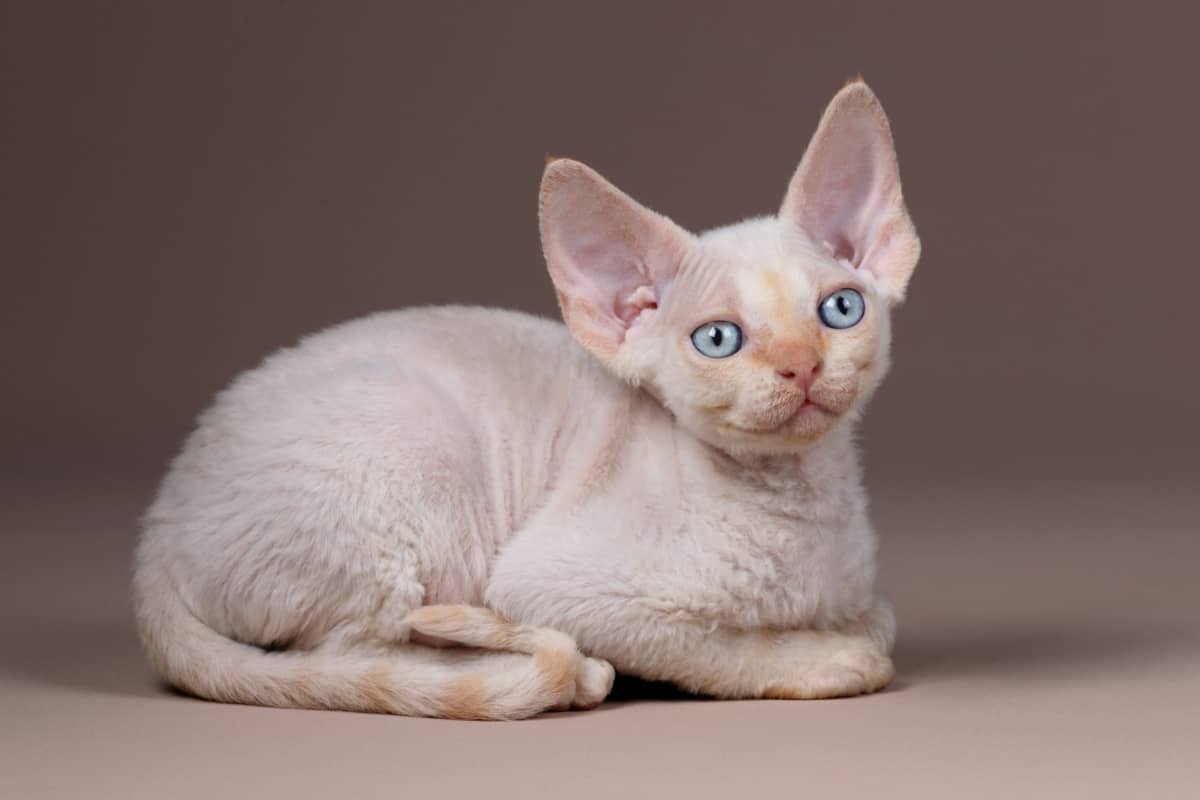
Among these kittens, a few stood out with their curly coats, similar in body style to the Cornish Rex. This marked the birth of the Devon Rex breed.
The Unique Traits of Rex Breeds
Rex breeds, both Cornish and Devon, are known for their distinctive traits that set them apart from other feline breeds.
With less hair to insulate their bodies, they are always on the hunt for warmth.
Whether it's the heat radiating from a television, a heat vent, or the cozy lap of a human, Rex cats are sure to find it.
Social and Intelligent: The Personality of Rex Cats
These cats are not just heat-seekers; they are also affectionate, intelligent, and inquisitive. They crave company and love to be included in all your activities, even meal times.
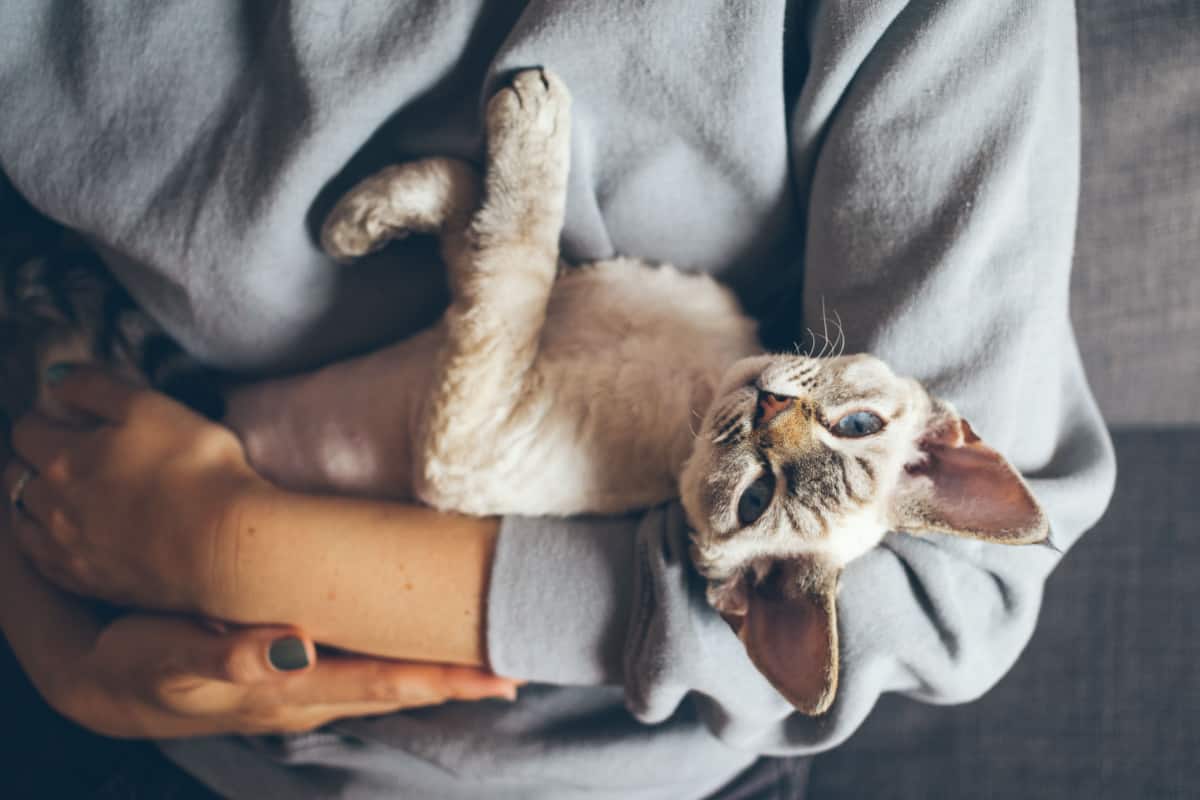
Their sociable nature and curiosity make them delightful companions, always ready to explore and engage with their surroundings.
SIGN UP FOR THECATSITE'S EMAIL UPDATES >
The Lifelong Playfulness of Rex Cats
Rex cats, weighing between six to nine pounds, retain a kitten-like curiosity throughout their lives.
This playful nature, combined with their mid-sized bodies, makes them agile and active, always ready for a game or a new adventure.
Low-Maintenance Grooming for Rex Cats
One of the many perks of having a Rex cat is their low-maintenance grooming needs. Their large ears may require occasional attention, but they are essentially self-cleaning cats.
A simple wipe with a damp cloth and regular nail trims are all they need to stay clean and healthy.
This makes them an excellent choice for those who want a pet with minimal grooming requirements.
Special Care and Lifestyle Considerations for Rex Cats
When it comes to caring for Rex cats, there are a few special considerations to keep in mind.
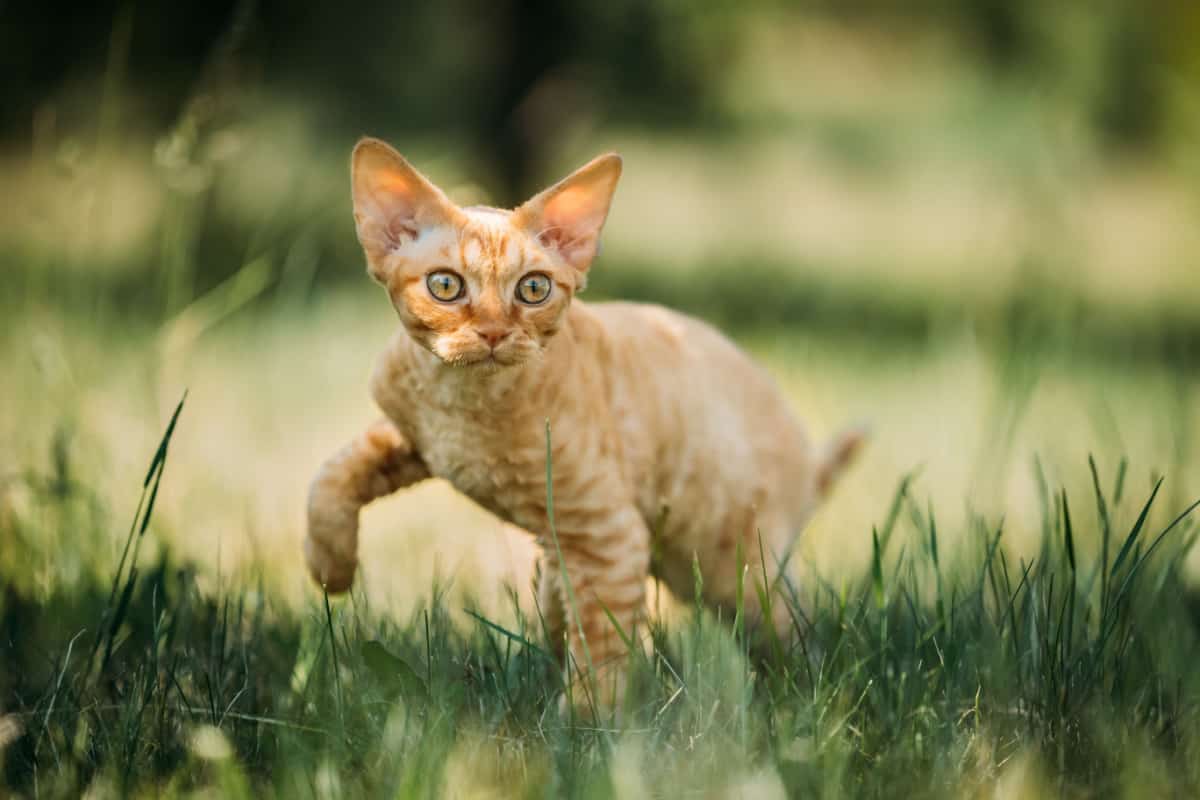
These unique breeds, known for their playful nature and distinctive appearance, require certain conditions to thrive.
Understanding these needs can help ensure that your Rex cat lives a healthy, happy life.
Breeding Considerations for Rex Cats
Breeding Rex cats requires careful attention and should not be taken lightly.
Mismatched blood types between the parents can lead to severe health conditions in the kittens due to incompatibility factors.
It's crucial to ensure that breeding is done responsibly and with the right knowledge to prevent such issues.
Ideal Living Conditions for Rex Cats
Rex cats thrive best in indoor environments where they have free roaming of the house and can stay close to their human companions.
They are social creatures that enjoy the company of their families. Providing them with a sunny windowsill can offer them a warm spot to relax and a good view for entertainment.
The Active Lifestyle of Rex Cats
Both Cornish and Devon Rex cats are known for their lifelong activity. They are agile and playful, always ready for a game or exploration.

Despite their active nature, they also enjoy moments of relaxation.
With their long-legged, big-eared, sturdy bodies, they are likely to find a comfortable spot on your lap as soon as you sit down.
This balance of activity and relaxation makes them delightful companions.
Rex Cat Breeds for Your Home!
if you're considering welcoming a Cornish or Devon Rex into your home, this guide should serve as a comprehensive basis for your decision.
These breeds, with their unique traits and playful personalities, offer a distinctive pet-owning experience.
Remember, choosing a pet is about finding the perfect match for your lifestyle, and these cats could just be the companions you're looking for.
Comments? Leave them using the form below. Questions? Please use the cat forums for those!
SIGN UP FOR THECATSITE'S EMAIL UPDATES >
If you’re interested in learning about more cat breeds, check out the articles below.
Pixie-Bob Cats: Unveiling the Allure of a Unique Feline Breed
Note: We may get commissions for purchases made through links on this page.

